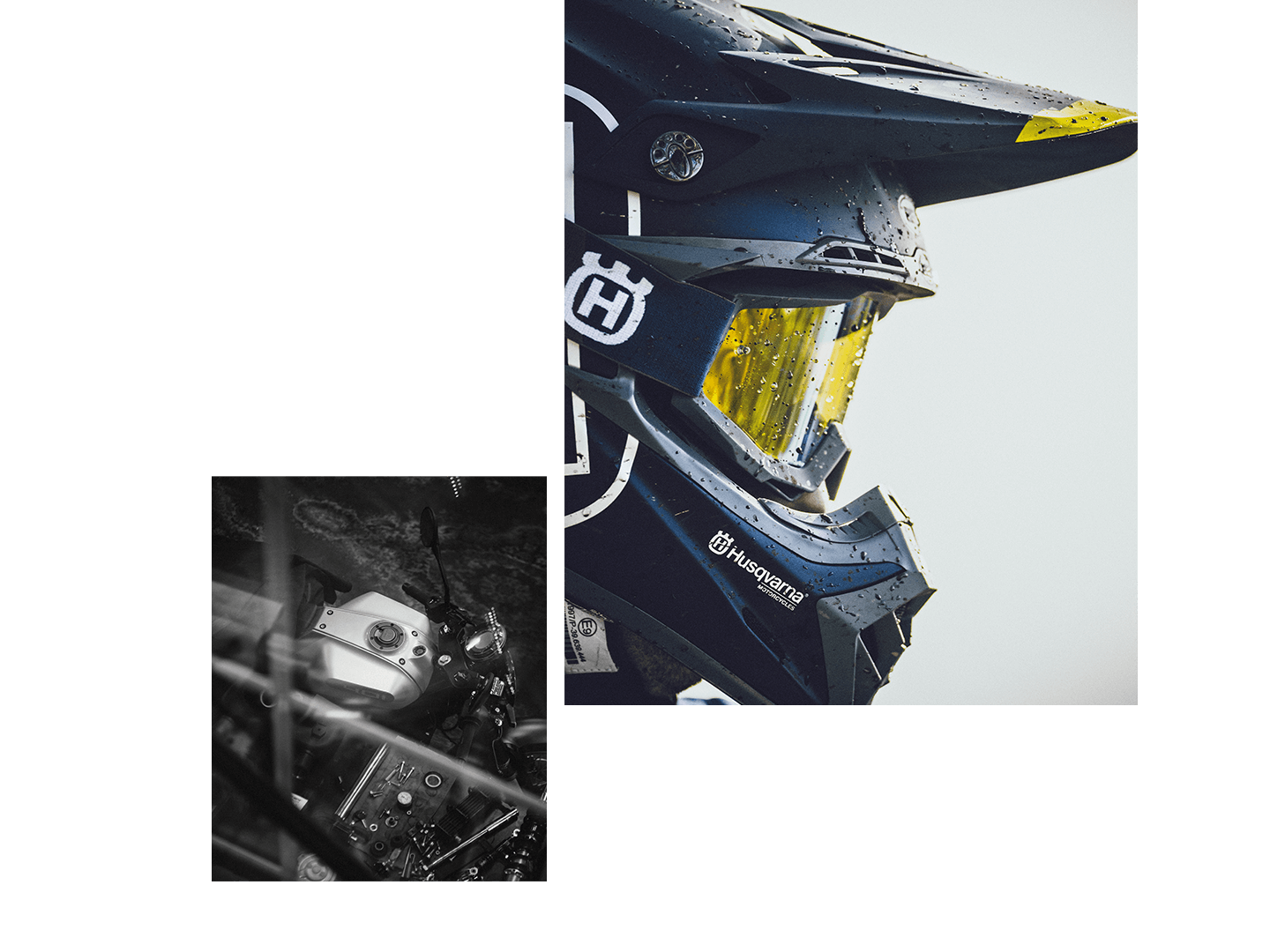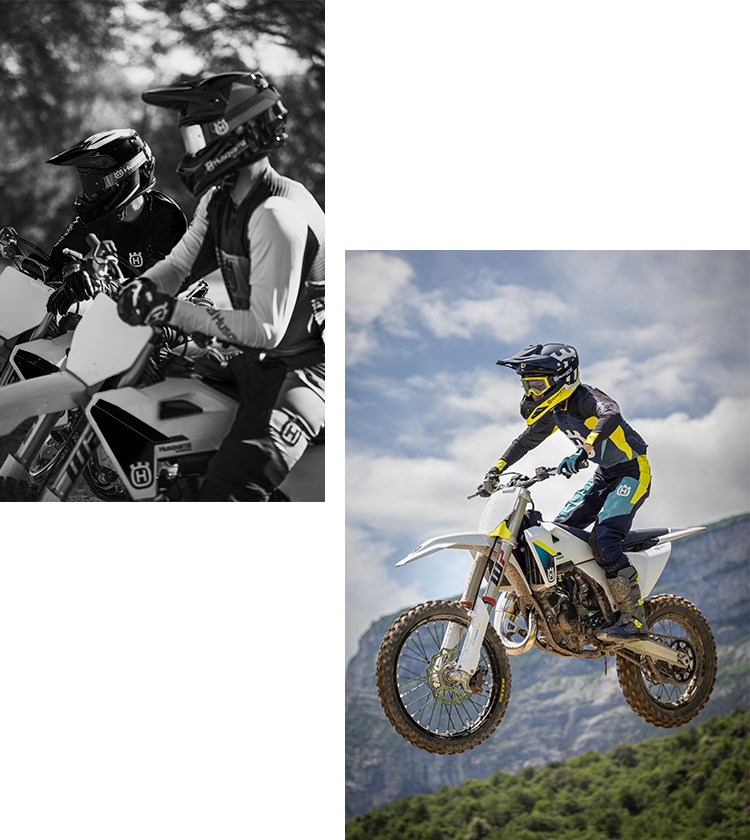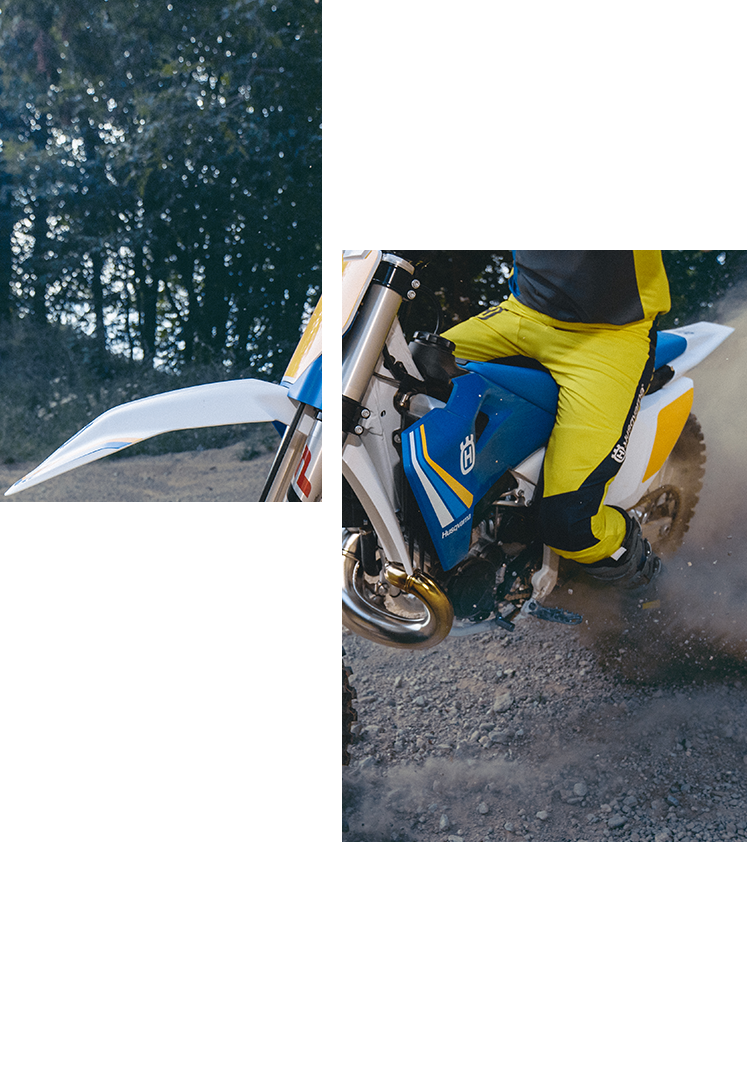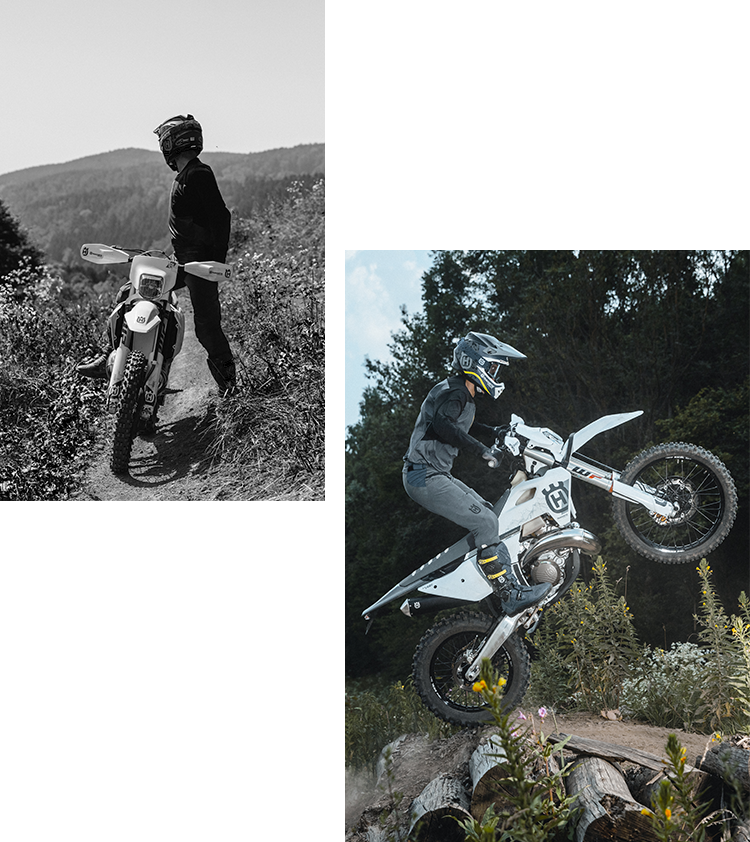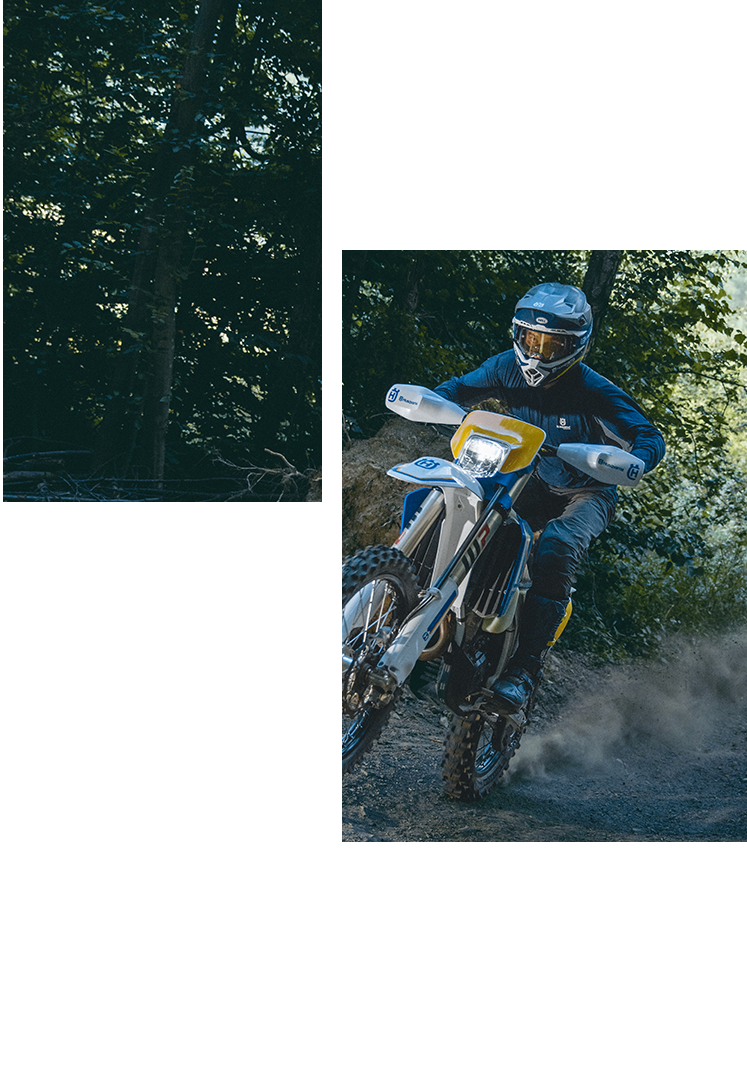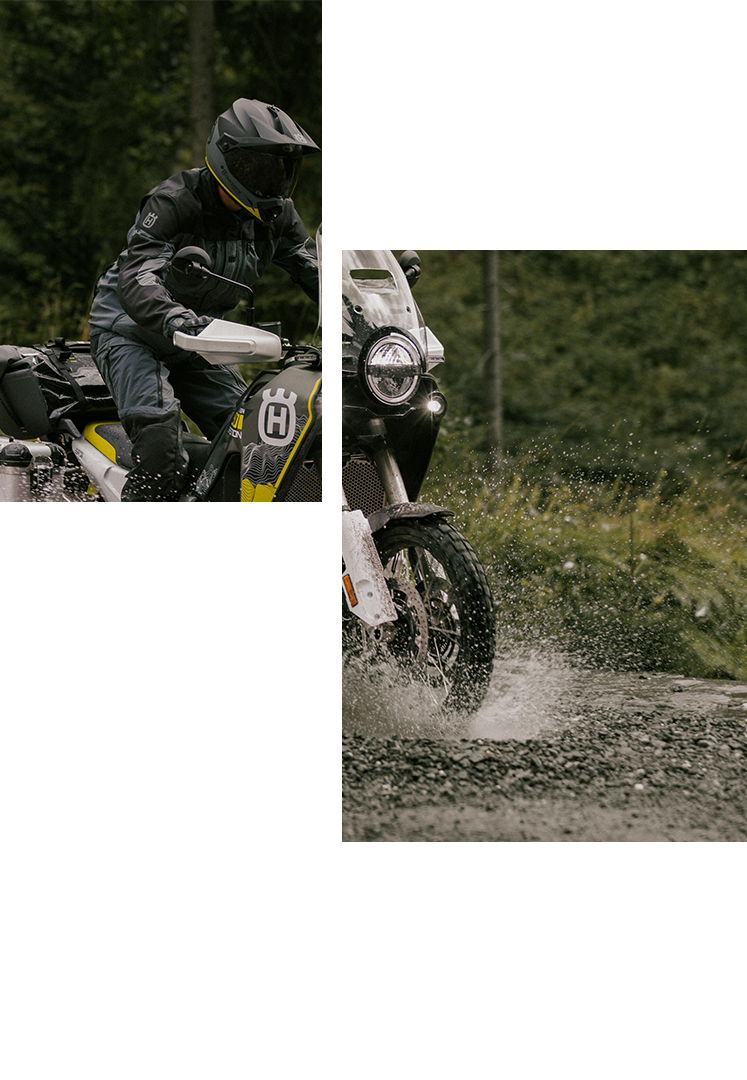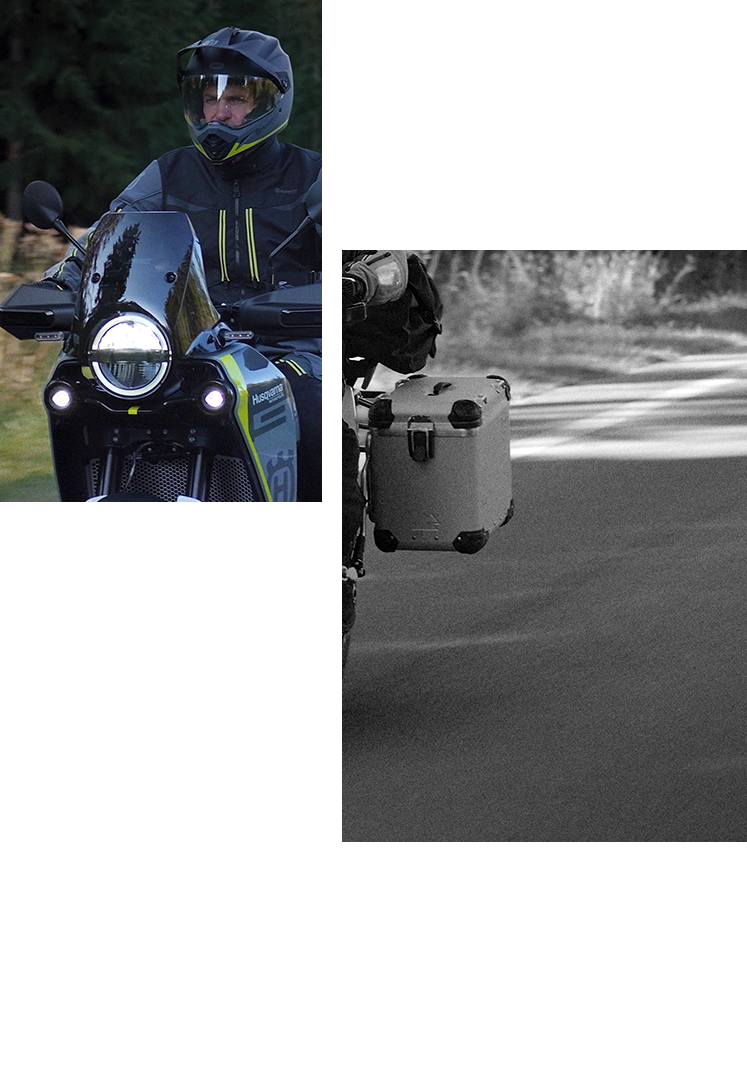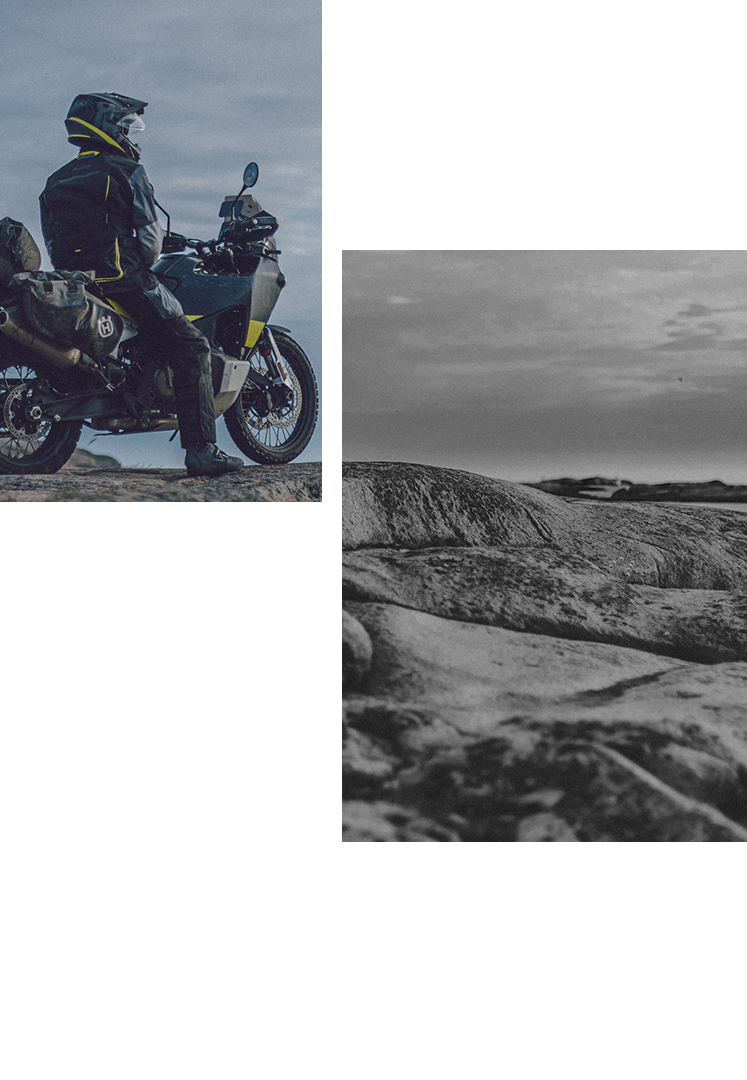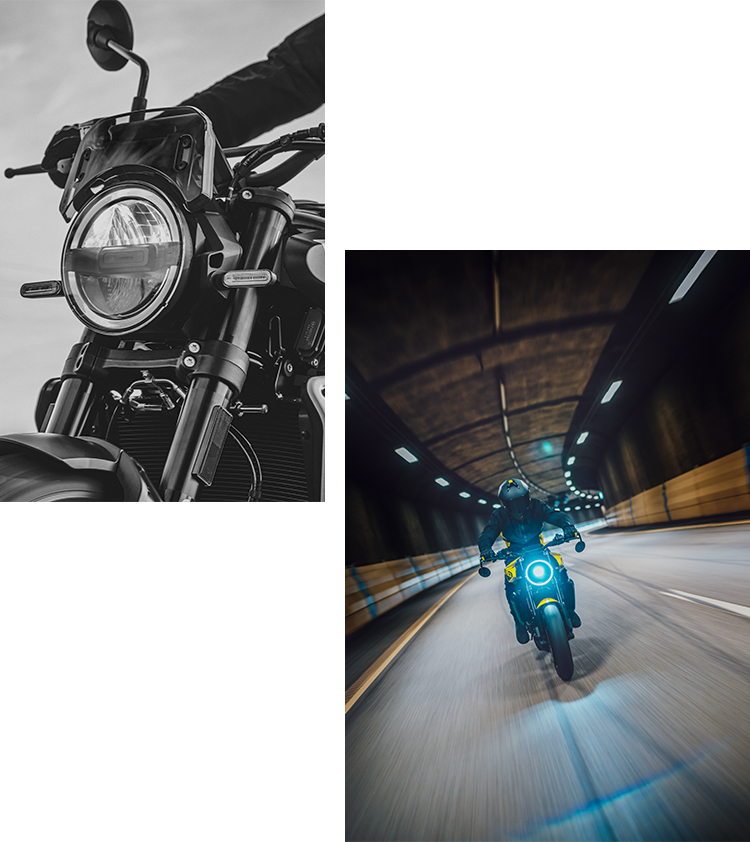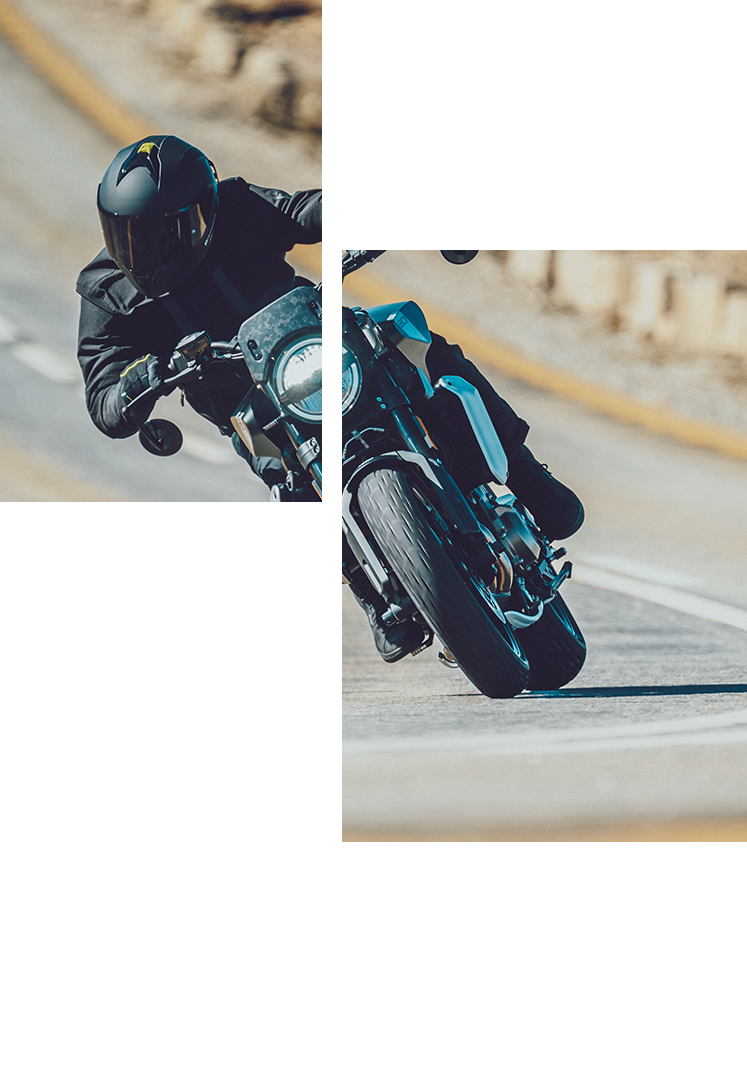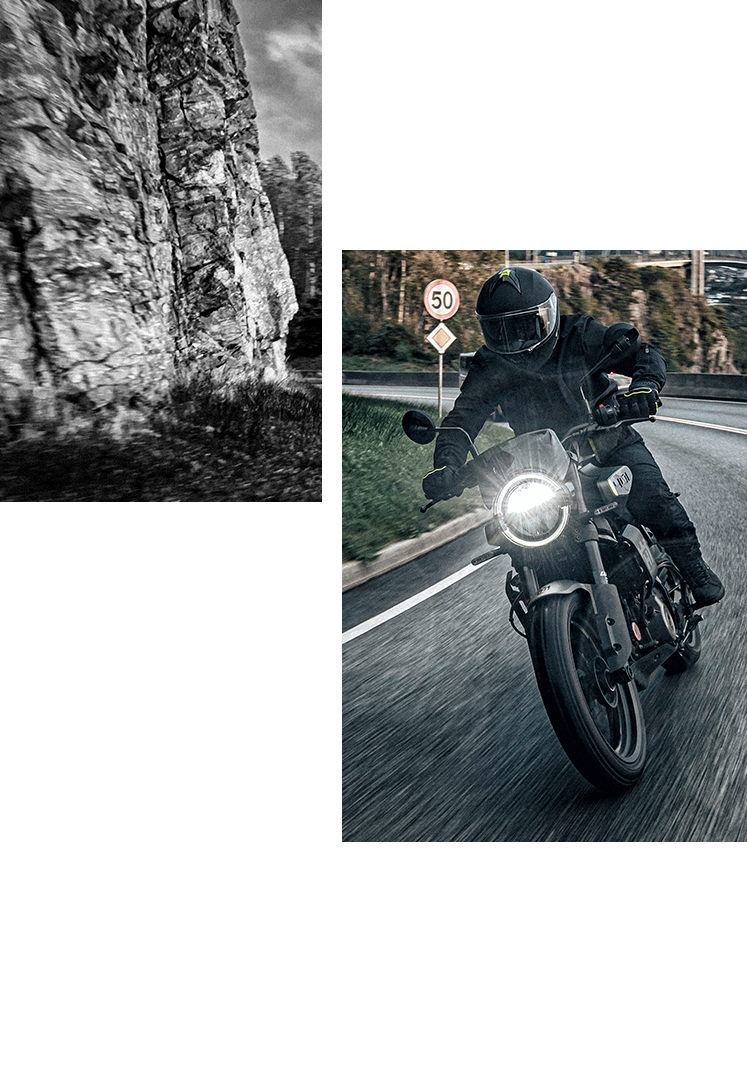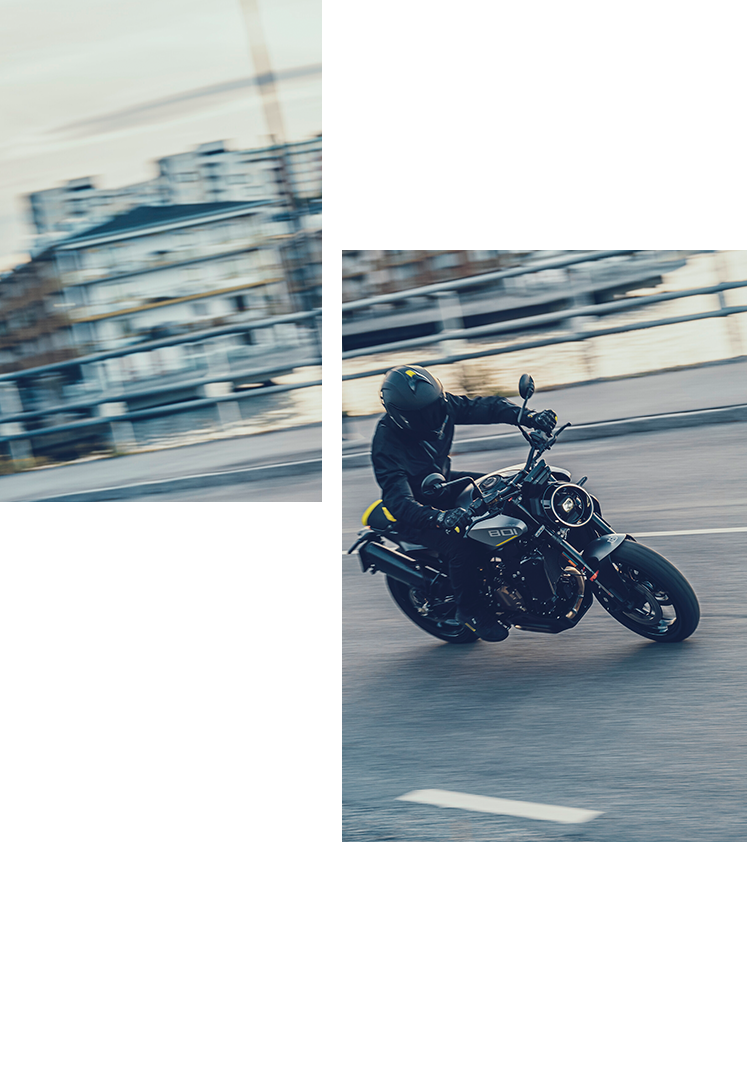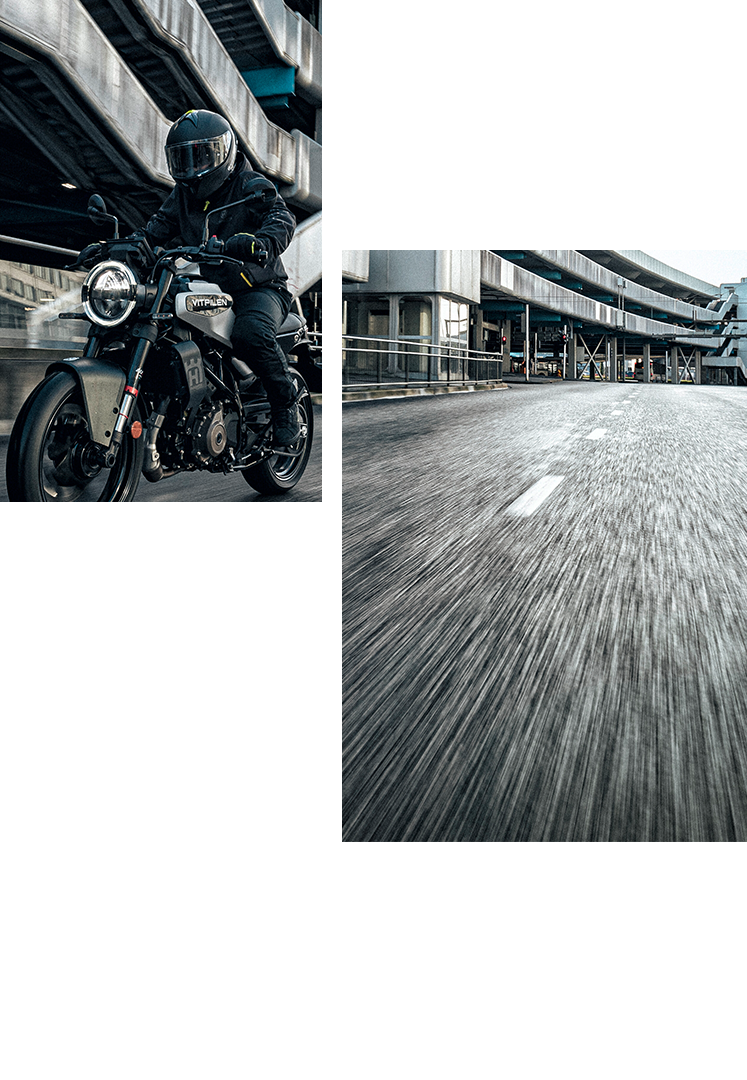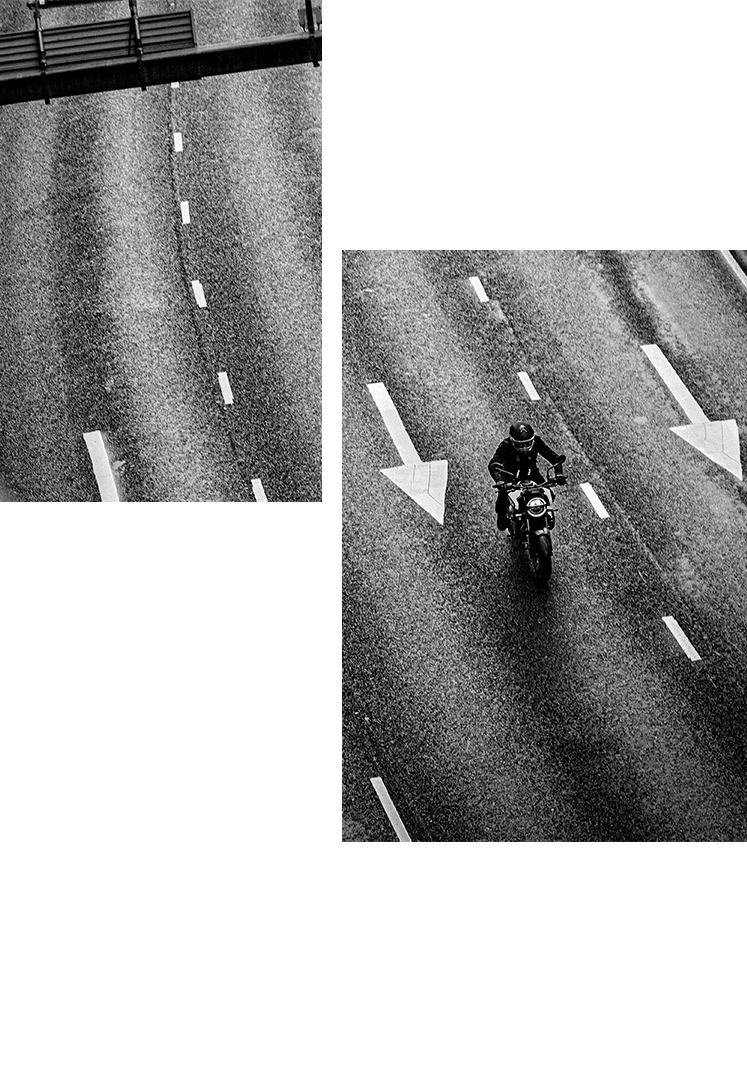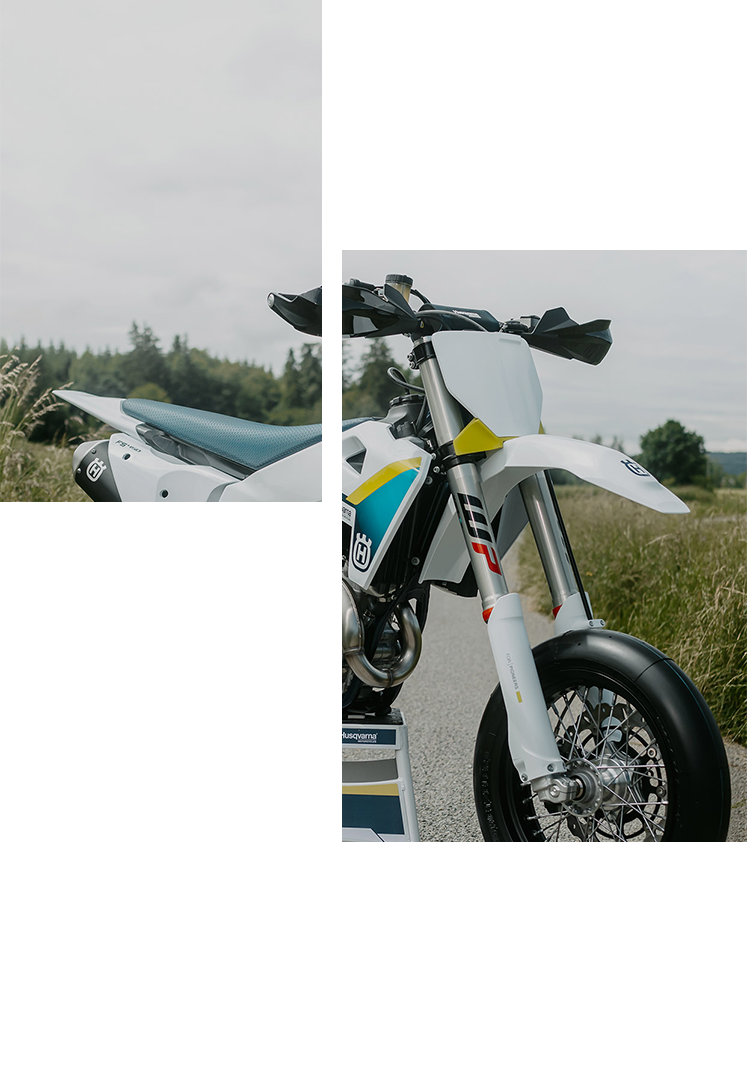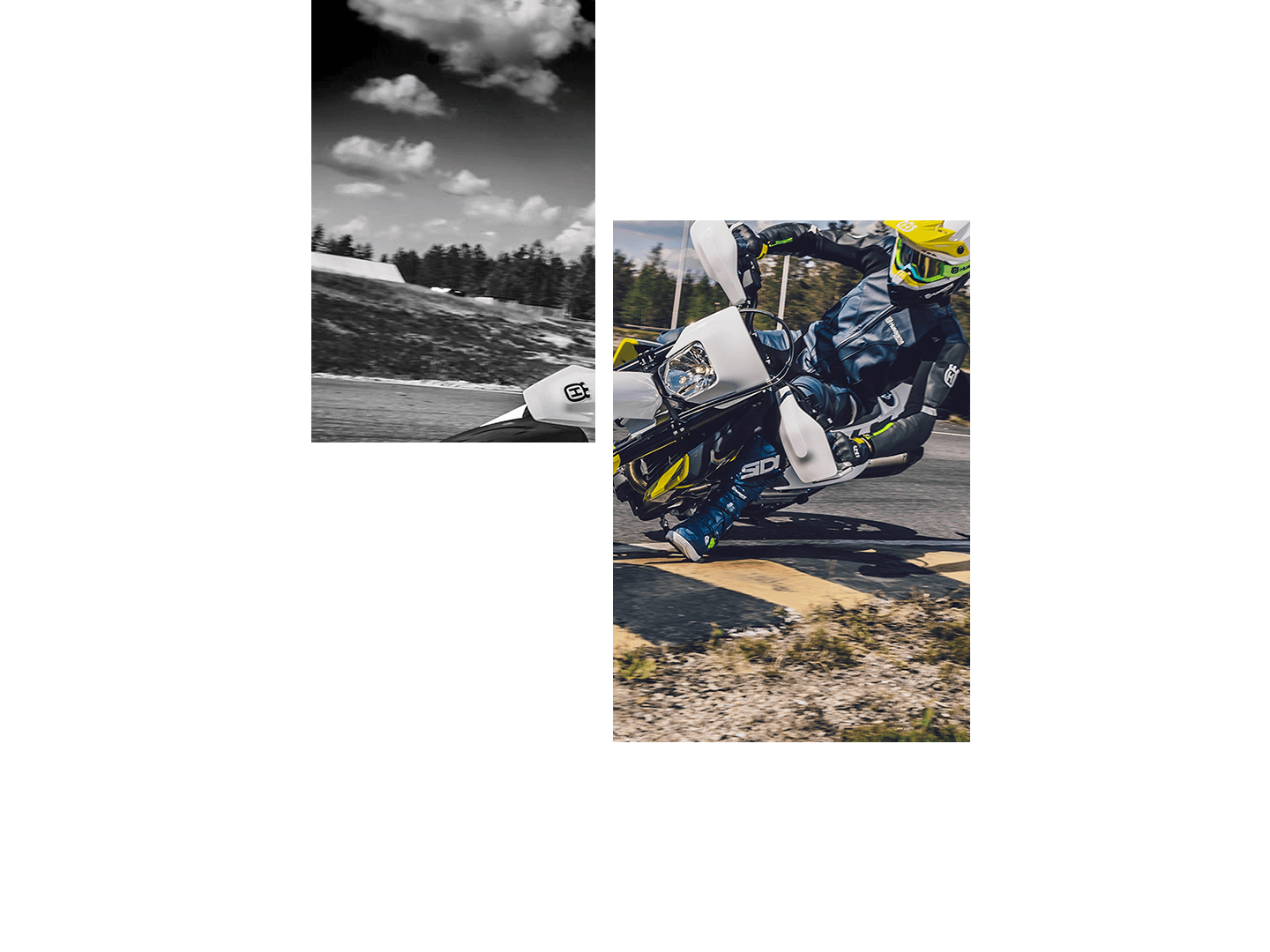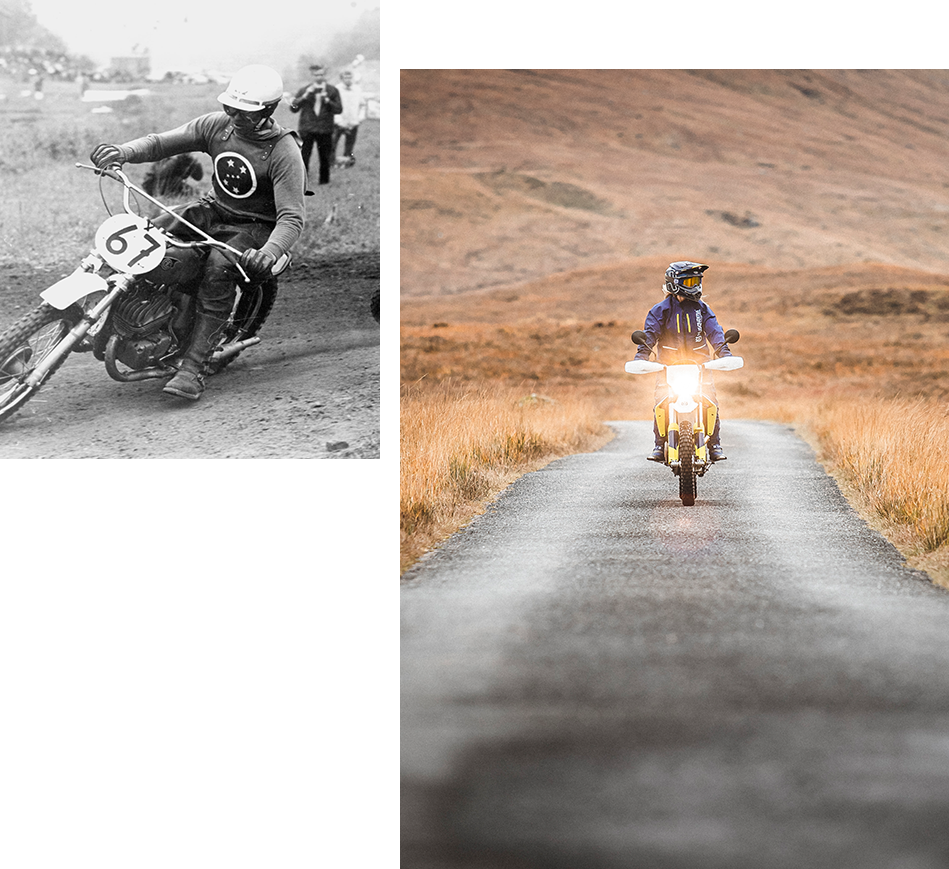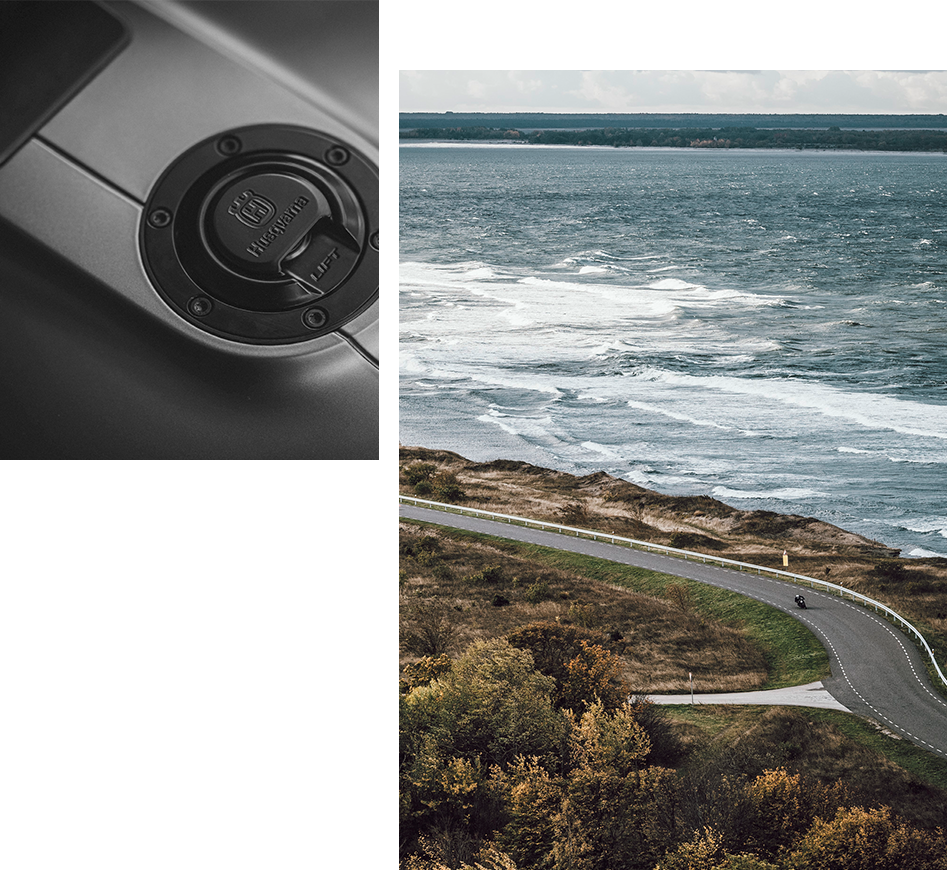The phantom Gustaf Göthe
By Kenneth Olausson
His close friends nicknamed him ‘James’ as Swede Gustaf Göthe had bought his first James motorcycle in 1914. When riding Husqvarna, his major merits consisted of victories in the ‘Novemberkasan’, the Six-Days ISDT and the prestigious ‘Majtävlingen’ – the May Trophy. Gustaf Göthe was also a well-respected engineer at the Huskvarna factory, being responsible for developing the famous 150-model - a 550cc Husqvarna V-twin. It was Husky’s first own-manufactured machine and came out in 1919.
The two phantoms Gustaf Göthe and David Senning captured gold medals in the 1922 Swiss ISDT. Three Husqvarna riders from Sweden took part in the event, where competitors had to manage steep hills in the Alps. Going uphill, not only strained the engines of the workhorses, but also put severe pressure on the brakes when going back down. Most riders were not used to such obstacles, which of course influenced their performance. Göthe however, was often heard humming the unfinished tunes of Beethoven or the ‘Magic Flute’ by Mozart when he was riding.
Conquering the dwindling passes in the Alps, many a rider got stuck with problems and had to abandon the race. The Husqvarna riders had the disadvantage of the weight of their machines, which caused them to ride with care. The engines tended to overheat as they were used to the limit. Thanks to Gustaf Göthe and his partners, the Swedish efforts in the team resulted in third place after England and Switzerland. In 1923, Göthe took the Swedish Husky team to an overwhelming victory in the ISDT on home grounds. But this successful rider was more than a strong man behind his handlebars.
He started riding back in 1913 and did his very first race on a twin-cylinder Humber motorcycle. In the following year, he set off on an English James machine, hence the nickname given to him by his colleagues. Gustaf Göthe was a young man with an engineer's degree when he joined Husqvarna in the first month of 1917. He was going to be responsible for R&D in the coming model 150 with a half-litre engine manufactured in-house. This is his story:
Gustaf Göthe: “The task given to me was twofold, if not more, partly I was to enhance the riding characteristics of the existing machine, and partly to develop a brand-new engine, which would make Husqvarna an entirely domestic product. Actually, the first plan included two vehicle versions – one lighter motorcycle for solo riding and one sidecar unit. But due to financial restrictions and other limitations, it was only possible to make the solo version, which then could be fitted with a sidecar as an option.
“My responsibility included research in balancing the machine, keeping the overall weight to a minimum and making a reliable power source, which endured strain. The engine had to be quick and flexible and free from vibrations. But after the war, it was difficult to find decent material to work with. I went to Denmark where I found an AJS and a couple of other old machines, which was enough to do some experiments at the factory.
“I was also handicapped because of the lack of a test-bench since I needed to run the engine in order to develop its characteristics. The solution was to travel nearby to the village of Klevaliden, where some of the problems could be managed. On the other hand, there was also a shortage of fuel and the restrictions also had a negative influence, delaying my work. During 1918, I was able to finish the three-speed power source that would eventually be used on the Husqvarna model 150, which was presented the following year. The finished product was a 550cc four-stroke V-twin with side-valves, sturdy cooling fins and an Amac carburettor. The published performance was 10 horsepower but in reality, there was more clout in this power-house. However, it was decided to keep the figure low for tax reasons.
“There were more things to take care of - the rest of this new machine such as the frame, suspension and riding position had to be developed for proper use. I made several trips to southern Sweden before the final work on my drawing board could be done. I was not allowed to change the front forks as the factory had a substantial inventory of these parts. Then again, there were repeated follow-up journeys to establish endurance, reliability and quality of the new 150 model. Finally, celebrating New Year’s for 1919, we could also praise the very first own-manufactured Husqvarna motorcycle. It was a great moment in my life and it also turned out that this motorcycle would path the way for a great future of the company.”
Back to racing, and in 1919, Gustaf Göthe once more took an important victory for his factory. Riding his new, own beloved machine, he ousted the competition by winning the prestigious Novemberkasan – a remarkable feat that he would repeat five years later when Göthe came first, riding a Husky sidecar carriage. He did a few more racing stunts, but from now on, Gustaf mainly concentrated on the work at the Swedish factory. In one of the pictures captured in the early 20s, we see Göthe on his machine equipped with gas-light and the feeding tube mounted on the bottom of the rear-frame.
In 1928, the genius left Husqvarna and moved back to Stockholm where he became an editor at a weekly newspaper, covering sports. Shortly thereafter, he was hit by a car in a blind corner, which cost Göthe his life – a huge loss after so many successful races without injuries. Finally, a last wonderful truth, which tells you tons of Gustaf Göthe’s remarkable character. He always carried his tuxedo in his luggage when riding to an event as it would be unthinkable to present oneself in any other clothes at a prize ceremony. Wow!
